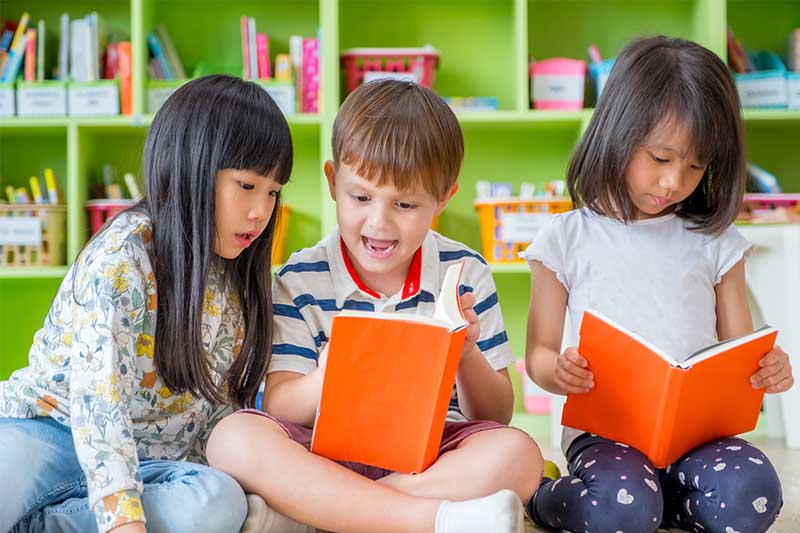Families For Life | A World of Difference

"Children who learn to respect and appreciate racial and cultural diversity are likely to form more positive relationships with others and better manage and express their emotions," says Ms Jacquelinn Wong and Ms Ng Siew Chin, Research Assistants working on the Singapore Kindergarten Impact Project at the National Institute of Education (NIE).
The following are tips for using multicultural picture books to promote pre-schoolers' socio-emotional development.
Spot a multicultural picture book
A multicultural picture book is one that gives a voice to racial minorities yet more often than not only stereotypes of these groups are presented.
When choosing a book to read to children, Jacquelinn and Siew Chin suggest parents be discerning and look carefully at how the story reads:
- Characters should not be depicted in negative stereotype;
- Messaging should convey positive values;
- Story should be easily relatable, and encourage discussion and exploration.
Most important here is the adult who will serve a critical role when presenting the story in a read aloud session to the child. Parents and teachers should be able to present plot development and characters without personal prejudices.
How to use multiculturalism to promote child socio-emotional development
"A child, who is given positive opportunities to be exposed to racial and cultural diversity, is in a position to relate to and interact appropriately with others. He or she would have a better sense of self, positive self-esteem and identity - recognising that he or she need not compete with 'the others' regardless of what they have or do not have," says Jacquelinn and Siew Chin.
It therefore rests on adults to exemplify the right attitude towards diversity, looking beyond common stereotypes relating to race, culture, gender, age and abilities, so children can model their behaviour and imbue good values.
"We need to help our children recognise that as much as we are different in customs and traditions, we are actually the same - humans with emotions, needs and rights," says Jacquelinn.
Understanding what others experience helps children to understand and learn to regulate their own emotions and how they relate to peers and others.
Besides multicultural picture books, Jacquelinn and Siew Chin also suggest:
- Objectively addressing children's curiosities and assumptions of race, culture, gender, age or abilities;
- Providing books, materials, toys that depict non-traditional societal roles (e.g. male nurses, female fire-fighters) and racial or cultural traditions;
- Actively engaging community activity to expose children to experiences of other races and cultures; and
- Exposing children to music and performances from different cultures.
Contributed by:
Early Childhood Development Agency